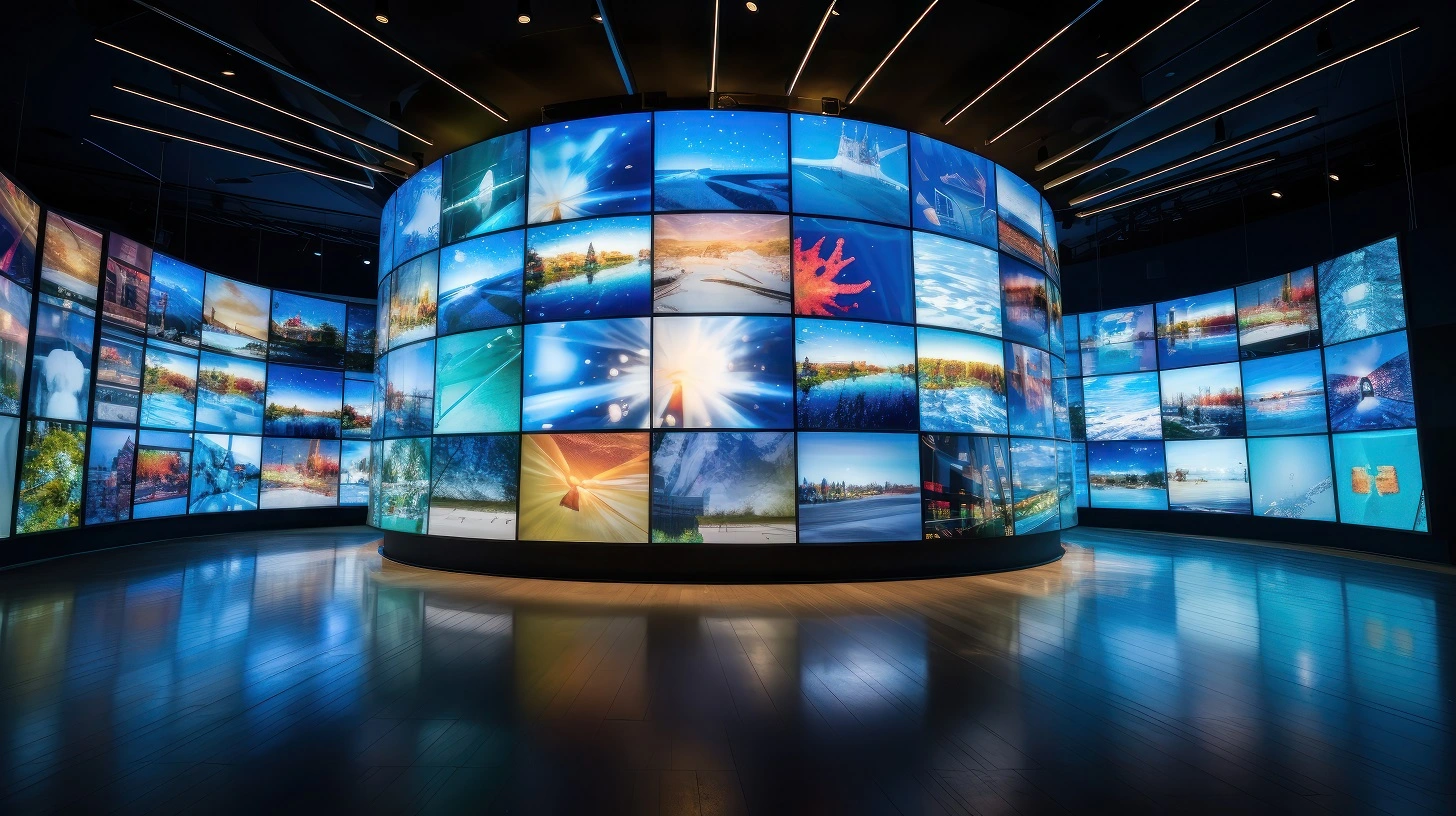Perfecting Hue Accuracy in LED Display Calibration for Breathtaking Visual Displays
Perfecting Hue Accuracy in LED Display Calibration for Breathtaking Visual Displays
Blog Article
Hue accuracy is crucial for producing stunning graphic presentations, particularly when using LED walls. These massive displays are frequently found in locations like concert venues, sports arenas, and promotional billboards. When the colors on an LED wall are not correct, the visuals can look flat or warped, which can affect the total impression for audiences. Therefore, mastering color precision in LED wall tuning is crucial for attaining lively and true-to-life visuals.
The first step in guaranteeing color accuracy is comprehending how LED systems works. LEDs, or light-emitting diodes, produce light in multiple colors by mixing red, green, and blue (RGB) light. Each pixel on an LED wall consists of these three colors. When calibrated properly, the mix of RGB can produce a wide range of hues. However, if one hue is too bright or too dim, it can distort the entire display. This is why tuning is necessary to balance the colors and achieve the intended visual result.
Calibration involves adjusting the settings of the LED screen to ensure that the colors displayed match the original material as nearby as possible. This process usually involves using specialized software and hardware tools. Technicians frequently use color assessment devices, such as color meters, to analyze the click resources colors being shown. By comparing the measured colors to benchmark color values, they can make exact adjustments. This guarantees that the colors are not only vibrant but also uniform across the entire screen.
Another important factor of color accuracy is comprehending the environment in which the LED screen is used. Factors such as ambient light can significantly affect how hues look. For example, a brightly lit room may fade hues, making them look less lively. To counteract this, technicians may modify the brightness and differentiation settings of the LED screen. Additionally, they may choose particular color profiles that are more suited for various lighting conditions. This flexibility helps maintain color precision irrespective of the viewing surroundings.
Finally, routine upkeep and recalibration are essential for maintaining an LED screen looking its best. Over time, the functionality of LEDs can change due to factors like degradation and heat fluctuations. Regular inspections and modifications can help ensure that the colors stay accurate and vibrant. By committing time in proper calibration and upkeep, venues can offer audiences with breathtaking graphic displays that improve their total experience. Mastering color precision in LED screen calibration is not just a mechanical job; it is an art that adds to the magic of visual narration.